Building a loyalty program is only half the battle—measuring and optimizing its performance is what truly drives long-term success.
How do you know if your loyalty program is working? What metrics matter most? And how can you use data to fine-tune your rewards strategy?
In this guide, we’ll break down the key customer loyalty analytics you need to track, how to interpret the data, and actionable strategies to enhance your program’s effectiveness. Let’s dive in!
What is Customer Loyalty Analytics?
Customer Loyalty Analytics refers to the process of collecting, analyzing, and interpreting data related to customer behaviors, preferences, and interactions to measure and enhance customer loyalty. It helps businesses determine the performance of their loyalty initiatives and identify opportunities for improvement.
The Importance Loyalty Program Analytics
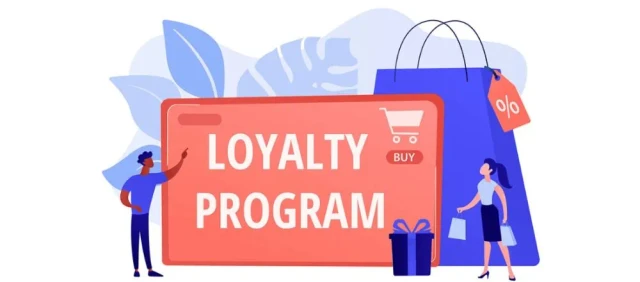
Loyalty program analytics collects, analyzes, and utilizes data generated through loyalty programs to gain actionable insights. Here’s why it is essential:
- Understand Customer Behavior: Analytics reveals customer habits, preferences, and purchase patterns, helping businesses align products and services with customer needs.
- Enhance Personalization: Use data to segment customers and deliver targeted offers, rewards, and experiences that resonate on an individual level.
- Measure Program Effectiveness: Track metrics like redemption rates and customer lifetime value (CLV) to evaluate program success and identify areas for improvement.
- Identify High-Value Customers: Pinpoint your most profitable customers and focus on retaining and rewarding them for maximum impact.
- Optimize for Better Results: Loyalty analytics empowers you to make data-driven decisions to optimize your program’s performance. By understanding customer behavior and preferences, you can tailor your rewards, communication, and program structure to better meet their needs and drive the desired outcomes.
- Stay Ahead of the Competition: The loyalty landscape is constantly evolving. By analyzing your data and staying informed about industry trends, you can adapt your loyalty program to meet changing customer expectations and stay ahead of the competition.
How To Measure Customer Loyalty Analytics
Measuring customer loyalty analytics is a critical component of understanding the effectiveness of your loyalty program and optimizing customer retention efforts. Here’s a step-by-step guide to help you get started:
Step 1: Define Your Metrics
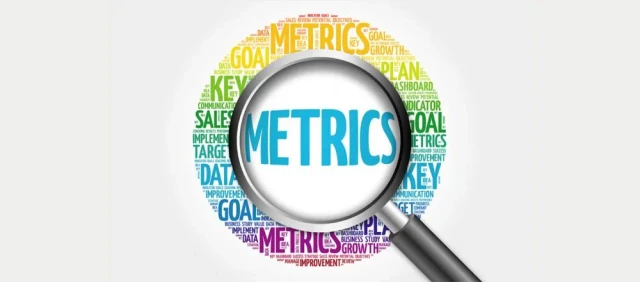
Defining key metrics is essential to evaluate the performance of your loyalty program. Here are the critical metrics to track and how to calculate them:
1. Participation Rate
This metric measures the percentage of your customer base actively engaged in your loyalty program. A high participation rate indicates a strong interest in and engagement with your loyalty initiatives.
Formula:
Participation Rate = (Number of Loyalty Program Members / Total Number of Customers) × 100
2. Redemption Rate
The redemption rate tracks how often customers redeem their loyalty rewards. A higher redemption rate signifies that customers value your rewards and find them accessible.
Formula:
Redemption Rate = (Number of Rewards Redeemed / Total Number of Rewards Issued) x 100
3. Repeat Purchase Rate
This measures the percentage of customers who make multiple purchases within a specified period. It reflects customer satisfaction and the likelihood of sustained loyalty.
Formula:
Repeat Purchase Rate = (Number of Repeat Customers / Total Number of Customers) × 100
4. Customer Lifetime Value (CLTV)
CLTV predicts the total revenue a customer is likely to generate during their entire relationship with your business. Understanding CLTV helps allocate resources effectively to retain high-value customers.
Formula:
CLTV = Average Purchase Value × Purchase Frequency × Customer Lifespan
5. Net Promoter Score (NPS)
NPS measures customer satisfaction and their likelihood to recommend your brand. A higher NPS indicates greater customer satisfaction and stronger advocacy.
Formula:
NPS = %Promoters − %Detractors
6. Customer Churn Rate
This measures the percentage of customers who stop engaging with your business during a given time frame. Monitoring churn rates helps identify gaps in customer satisfaction and retention strategies.
Formula:
Churn Rate = (Number of Customers Lost / Total Number of Customers at the Start of the Period) × 100
7. Average Order Value (AOV)
AOV measures the average amount customers spend per transaction. A higher AOV indicates customers are spending more, signaling a strong relationship with your brand.
Formula:
AOV = Total Revenue / Number of Orders
8. Referral Rate
The referral rate measures how often existing customers refer new customers to your business. It demonstrates customer trust and their willingness to advocate for your brand.
Formula:
Referral Rate = (Referred Customers / Total New Customers) × 100
Step 2: Gather Data
Now that you’ve identified your key metrics, it’s time to start gathering the data! First and foremost, ensure you have a secure and reliable platform for collecting, storing, and managing your customer data. This is crucial for protecting customer privacy and complying with data regulations.
If you’re using Shopify (or other ecommerce platforms), your Shopify store already provides valuable customer data, such as purchase history, demographics, and website behavior. You can access this data through your Shopify admin and export it for further analysis.
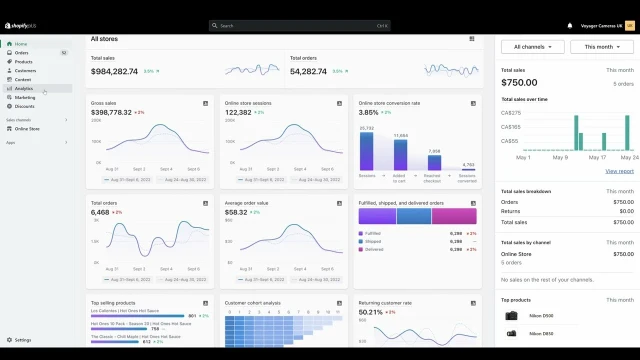
For loyalty-specific analytics, software like Joy automatically tracks crucial loyalty program data, such as points earned, rewards redeemed, and overall program performance. This data is readily available within Joy’s analytics dashboard.
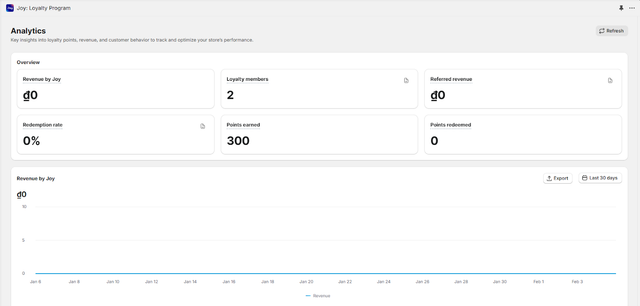
Step 3: Segment Your Customer Base
To measure loyalty accurately, you must divide your customer base into meaningful segments. Group customers based on key metrics such as:
- Demographics: Age, location, gender, income level, etc.
- Behavioral Patterns: Purchase frequency, average spend, product preferences.
- Engagement Levels: Frequency of interactions with your brand, response to promotions, etc.
- Loyalty Stages: New customers, returning customers, lapsed customers, or loyal advocates.
- Loyalty program behavior: Points earned, rewards redeemed, tier status, engagement level.
- Website behavior: Pages visited, products viewed, time spent on site.
- Engagement channels: Email engagement, social media interaction, mobile app usage.
Segmentation enables you to tailor your loyalty strategies to specific groups. For instance, high-value customers might receive exclusive offers, while lapsed customers might benefit from win-back campaigns.
Step 4: Apply Analytics To Understand Customer Behavior
By applying analytics, you can identify patterns, trends, and areas for improvement that drive higher engagement and retention.
Identify Top-Performing Rewards
- Analyze which rewards and incentives customers redeem the most.
- Determine if higher-tier rewards drive more engagement than lower-tier ones.
- Adjust your reward structure based on customer preferences.
Track Customer Spending & Engagement Patterns
- Identify your most engaged customers based on point accumulation, purchases, and program interactions.
- Spot trends in seasonal spending habits and adjust promotions accordingly.
- Compare loyalty program members vs. non-members to evaluate the impact on repeat purchases.
Monitor Drop-Off Points in the Loyalty Journey
- Are customers signing up but not earning points?
- Are they accumulating points but not redeeming rewards?
- Are they leaving the program after a certain period?
Measure the Impact of VIP & Tiered Programs
- Track how VIP customers engage with exclusive benefits.
- Compare spending behavior before and after customers move up in tiers.
- Identify whether tiered programs drive more purchases or increase retention.
Step 5: Evaluate and Adjust Your Loyalty Program
- Review your goals and objectives. Are you on track to achieve your initial goals? Do you need to adjust your goals based on your program’s performance or changes in your business strategy?
- Assess your key metrics. How are your participation rate, redemption rate, and other key metrics performing? Are they meeting your expectations or industry benchmarks?
- Analyze customer feedback. What are your customers saying about your loyalty program? Are they satisfied with the rewards and benefits? Is the program easy to understand and use?
- Identify areas for improvement. Based on your analysis, identify specific areas where your program could be improved. This could include rewards, communication, program mechanics, technology, etc.
- Make data-driven adjustments. Use your data and insights to make informed decisions about improving your loyalty program.
5 Strategies to Improve Your Loyalty Program Based on Your Analytics

Personalizing the Experience
Using analytics, you can create a loyalty program tailored to individual customer preferences and behaviors. By analyzing purchase history, browsing patterns, and engagement levels, businesses can recommend personalized rewards, offers, or incentives that resonate with each customer.
For instance, if a customer frequently purchases coffee, offering them a free coffee after a certain number of visits could increase their engagement and satisfaction. Personalization strengthens emotional connections and encourages long-term loyalty.
A/B Testing Different Loyalty Program Elements
Analytics are invaluable for testing and refining your loyalty program. Use A/B testing to compare the effectiveness of different program elements, such as reward thresholds, point-earning structures, or exclusive perks.
For example, you can test whether customers respond better to a points-based system or a tiered rewards model. Analyzing the results of these tests will help you determine which strategies maximize engagement and drive customer retention.
Gamification
Gamifying your loyalty program adds an element of fun and competition, increasing customer interaction and engagement. Use analytics to identify patterns that inspire customers to take specific actions, like making repeat purchases or engaging with your brand on social media. Then, incorporate elements like leaderboards, challenges, or badges based on those insights.
For example, awarding badges for completing milestones can make the loyalty experience more interactive, encouraging continued participation.
Targeted Marketing Campaign
Leverage customer analytics to segment your audience and run targeted marketing campaigns tailored to their preferences. Segment customers based on factors such as purchasing frequency, demographic data, or lifetime value.
Create campaigns that highlight the benefits of your loyalty program, like double-point days for frequent shoppers or exclusive early access to sales for high-value customers. Targeted campaigns ensure that your messaging reaches the right audience, improving program participation rates.
Optimize Rewards
Analyzing customer data helps you refine the rewards offered in your loyalty program. Identify which rewards are most redeemed or appreciated and focus on optimizing their availability.
For instance, if your analytics reveal that customers prefer gift cards over physical products, adjust your reward offerings accordingly. Additionally, ensure rewards are attainable by reviewing spending patterns and setting thresholds that feel achievable. Optimized rewards not only increase customer satisfaction but also encourage continued engagement with the program.
An Example of Data-Driven Loyalty Program Success
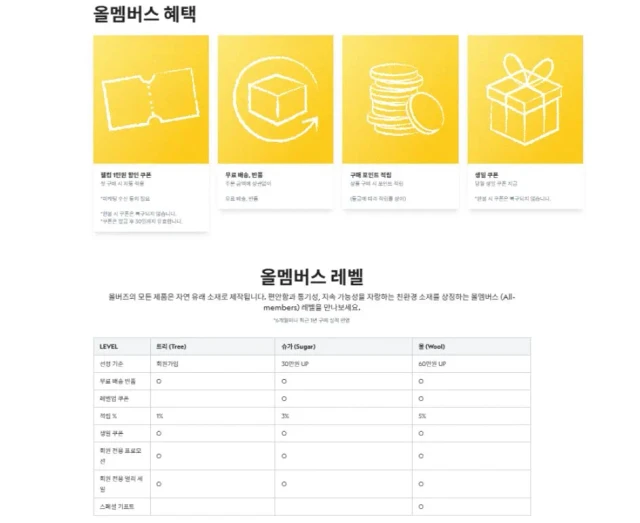
Allbirds Korea didn’t just implement a loyalty program and hope for the best. They took a data-driven approach to continuously optimize its loyalty program and achieve impressive results. Here’s how they did it:
Allbirds closely monitors key metrics like participation rate, reward redemption rate, and customer lifetime value (CLTV) to assess the overall health and effectiveness of its loyalty program. The brand has realized that it has low purchase frequency and one-time buyers.
Based on these insights, Allbirds Korea partnered with Joy to fix it by fine-tuning its hybrid reward system, ensuring that Level 1 members received immediate incentives (discounts, free shipping) to encourage their second and third purchases.
Additionally, the brand introduced a three-tiered loyalty system (Tree, Sugar, Wool) to encourage long-term engagement. Each level provided valuable incentives that motivated customers to keep purchasing.
Allbirds also refined its marketing efforts to target high-engagement periods with campaigns like Earth Day, Summer, and Winter promotions, ensuring each campaign maximized customer participation and sales growth.
The results were impressive: over 21,500 members joined the program in five months, contributing to a 98.5% month-over-month sales increase. With a reward redemption rate of over 45%, the program boosted engagement and loyalty, showcasing the power of data-driven strategies for customer retention and growth.
This case study exemplifies how a well-structured, data-driven loyalty program can effectively enhance customer retention and drive significant sales growth.
Track And Optimize Customer Loyalty Program Analytics With Joy
Tracking and optimizing customer loyalty analytics is essential for boosting customer retention and growth. Remember, data is your secret weapon for understanding your customers, optimizing your strategies, and achieving your business goals.
And if you’re looking for a user-friendly and powerful platform to help you manage your loyalty program and unlock valuable customer insights, check out Joy Loyalty. With its comprehensive features, seamless integrations, and robust analytics, Joy can be your trusted partner in building a loyal and engaged customer base.
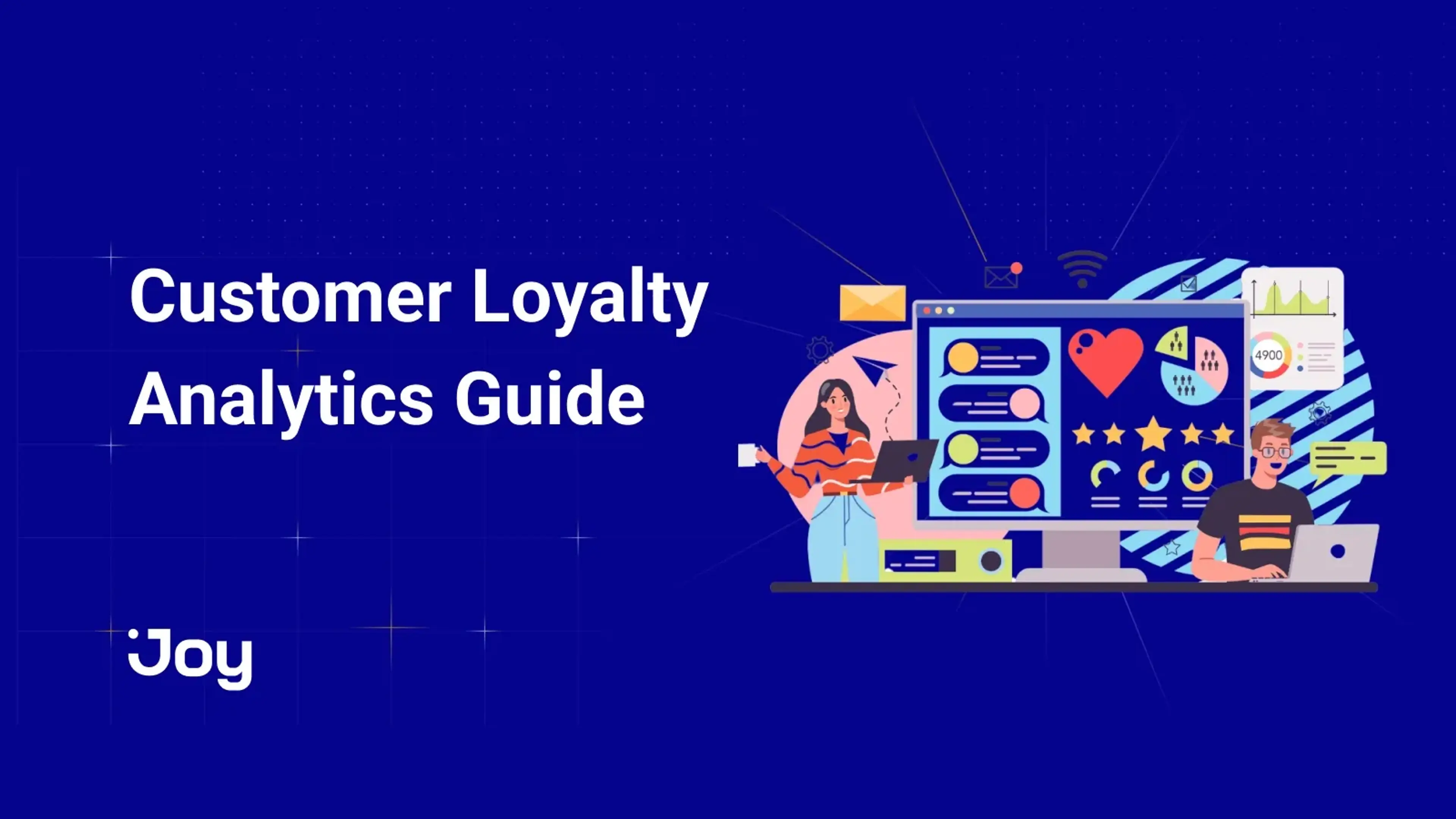

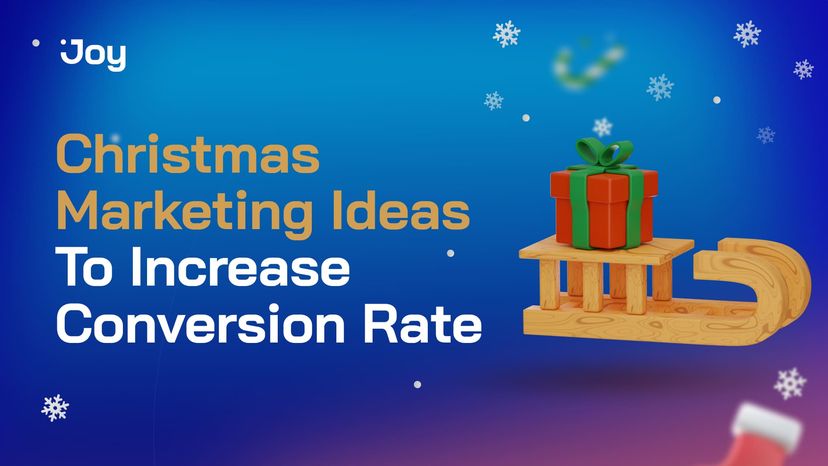

-a7e9a3.png?width=828&q=75&f=webp&auto=format)